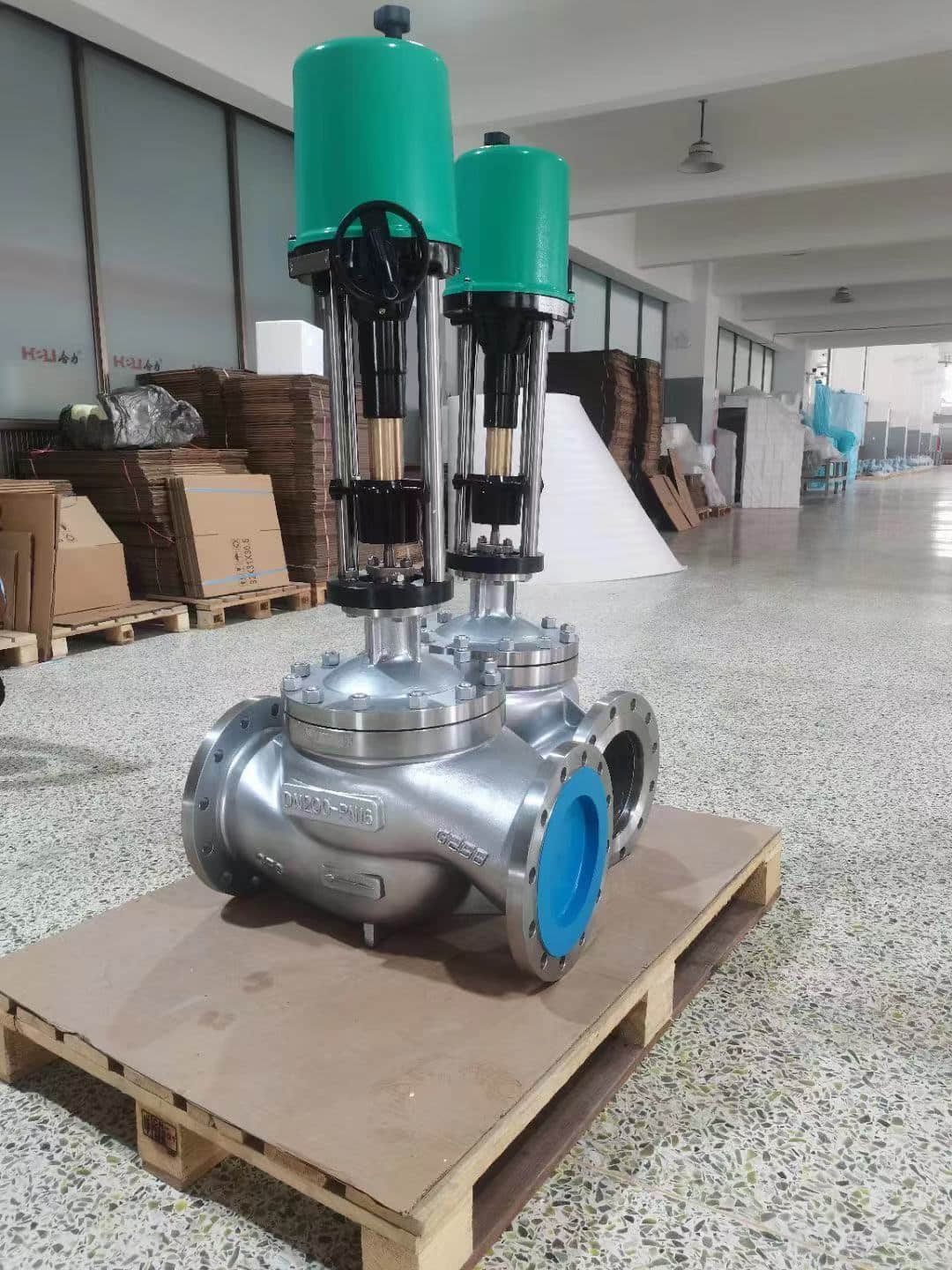understanding electric single seat regulating valves: functionality and applications
Release time:2024-12-19 21:38:31
Electric single seat regulating valves are crucial components in various industrial processes, facilitating precise control of fluid flow. This article explores the functionality, advantages, and applications of these valves, emphasizing their importance in modern automation and process control.

What is an Electric Single Seat Regulating Valve? An electric single seat regulating valve is designed to control the flow of liquids or gases in a piping system. The term "single seat" refers to the valve's design, which features a single seating surface that interacts with a movable element to regulate flow. These valves are operated electrically, making them ideal for applications requiring precise control and automation.
The valve comprises several key components, including the body, seat, plug, actuator, and various control mechanisms. The electric actuator is the heart of the valve, converting electrical energy into mechanical motion, allowing the plug to move up or down in response to control signals. This movement directly affects the size of the opening through which the fluid flows, enabling fine-tuning of the flow rate.

